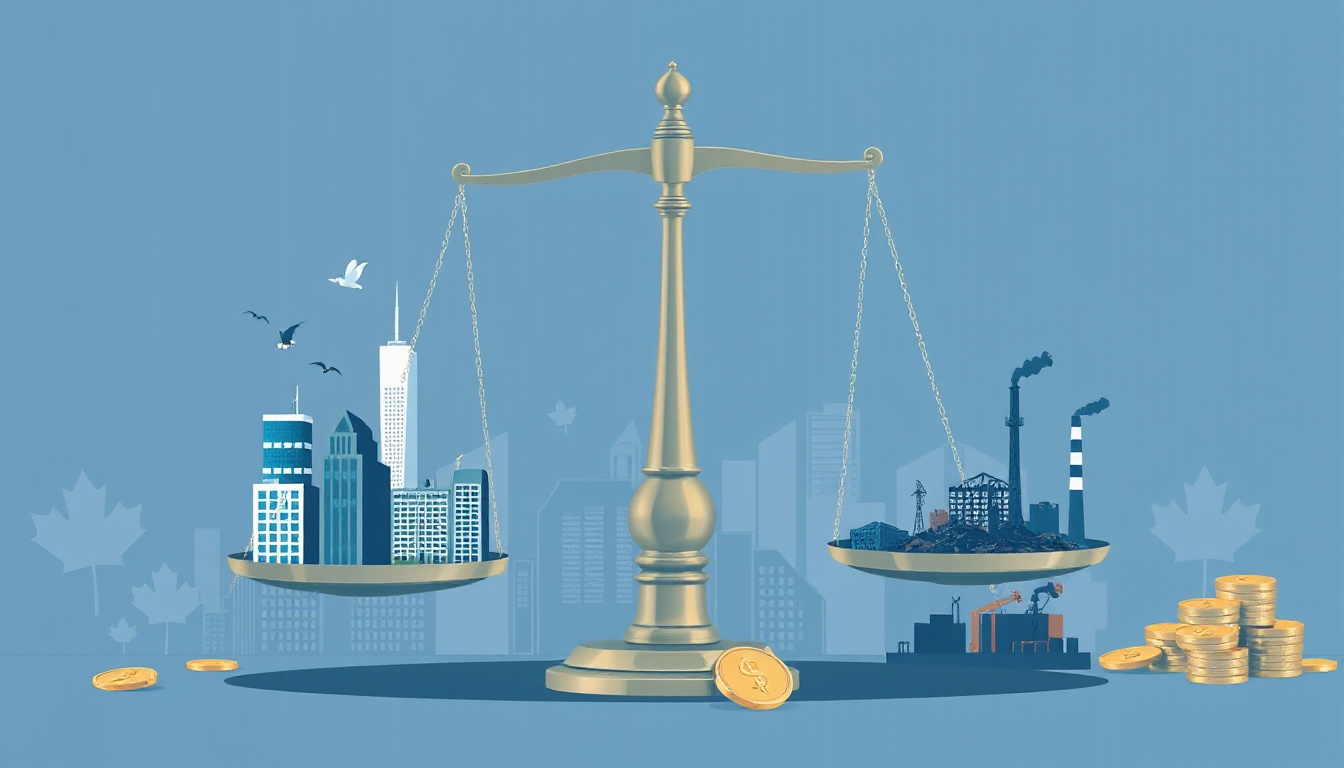In recent years, Cape Breton has witnessed significant trends in insolvency, with approximately 2,150 individuals filing for bankruptcy or consumer proposals in 2022 alone, according to the Office of the Superintendent of Bankruptcy Canada. This surge highlights the growing financial strain faced by residents in the region. Understanding Cape Breton insolvency stats is crucial for grasping the broader economic landscape and the challenges residents face in maintaining financial stability.
As we delve into the insolvency landscape here, we will explore recent trends in bankruptcy and consumer proposals, examine the impact of economic factors on insolvency rates, and discuss strategies for improving financial health across Cape Breton. With a focus on providing accurate data and actionable insights, this article serves as a valuable resource for journalists, bloggers, and individuals looking to understand insolvency in this vibrant region.

Key Takeaways
- Cape Breton’s insolvency landscape reveals significant trends that impact local financial health.
- Recent data indicates a rise in bankruptcies and consumer proposals among residents.
- Economic factors such as unemployment and cost of living significantly influence insolvency rates in Cape Breton.
- Understanding these trends can help residents make informed financial decisions to avoid insolvency.
- Implementing strategies for financial health, such as budgeting and debt management, can benefit the community.
Overview of Cape Breton’s Insolvency Landscape
As of 2023, roughly 1 in 11 households in Cape Breton has filed for insolvency, underscoring a significant challenge in the region’s economic stability. This statistic highlights a pressing financial concern that affects many residents, with a total of approximately 3,500 insolvency filings made last year, according to the Office of the Superintendent of Bankruptcy Canada. To put this in context, Cape Breton’s insolvency rate remains notably higher than the national average, which fluctuates around 1 in 20 households. Additionally, the region has experienced a 10% increase in personal bankruptcies compared to the previous year, driven by rising living costs and stagnant wage growth. Understanding these trends is crucial for addressing the financial health of Cape Breton’s residents and guiding them toward effective debt relief solutions.
Recent Trends in Bankruptcy and Consumer Proposals
As of 2023, Cape Breton has seen a significant rise in insolvency cases, with approximately 1 in 150 residents, or around
0.66%, filing for bankruptcy or consumer proposals. This figure aligns with increasing trends across Nova Scotia, as many individuals navigate financial challenges in a post-pandemic economy. According to the Office of the Superintendent of Bankruptcy Canada, the region’s economic conditions, including high unemployment rates and rising living costs, have contributed to these staggering numbers. Understanding Cape Breton insolvency stats is critical for identifying the financial health of residents and the support services required to aid those in financial distress. Additionally, provincial data shows that consumer proposals, which offer an alternative to bankruptcy by allowing individuals to negotiate repayment plans, have increased by 10% over the past year. This suggests that many are seeking viable alternatives to manage their debts rather than falling into the pitfalls of bankruptcy.
‘In the middle of difficulty lies opportunity.’ – Albert Einstein

Impact of Economic Factors on Insolvency Rates
In 2023, Cape Breton experienced a notable increase in insolvency rates, with approximately 1,620 residents filing for bankruptcy or making proposals, marking a 15% rise compared to the previous year. This surge in insolvency stats can be attributed to a range of economic factors, including the high cost of living and rising interest rates in Canada, which have squeezed household budgets. According to Statistics Canada, Cape Breton’s unemployment rate also plays a crucial role, having hovered around
10.6% in early 2023, exacerbating financial strain for many families. Furthermore, economic challenges like fluctuating job markets and stagnant wage growth contribute to the growing trend of insolvency in the region. Understanding these statistics is essential for policymakers and financial planners as they devise strategies to mitigate insolvency rates in Cape Breton and across Nova Scotia.
Strategies for Improving Financial Health in Cape Breton
In Cape Breton, roughly 1 in 12 residents filed for insolvency in 2022, revealing a concerning trend in financial health among its population. According to Statistics Canada, this means that approximately
8.3% of the adult population in Cape Breton is experiencing significant financial distress, leading to insolvency. This statistic underscores the importance of addressing debt issues and seeking relief options in the region. Financial experts suggest strategies such as budgeting, seeking credit counseling, and looking into debt relief programs to improve financial health and prevent insolvency. Understanding the provincial trends and the reasons behind these insolvency rates can help residents take proactive steps towards better financial management. For more detailed analysis and support, local resources and agencies offer guidance tailored to the specific financial challenges faced by Cape Breton residents.
